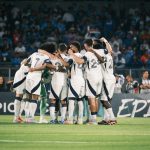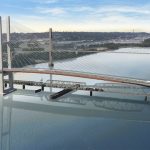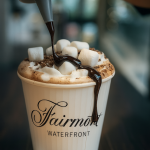Indigenous Artwork on the New Burrard Chinook SeaBus
The Burrard Chinook, TransLink’s latest SeaBus, set sail across the inlet for the first time this past Thursday, revealing beautiful artwork from three Indigenous artists, and making it the first SeaBus to display an art installation.
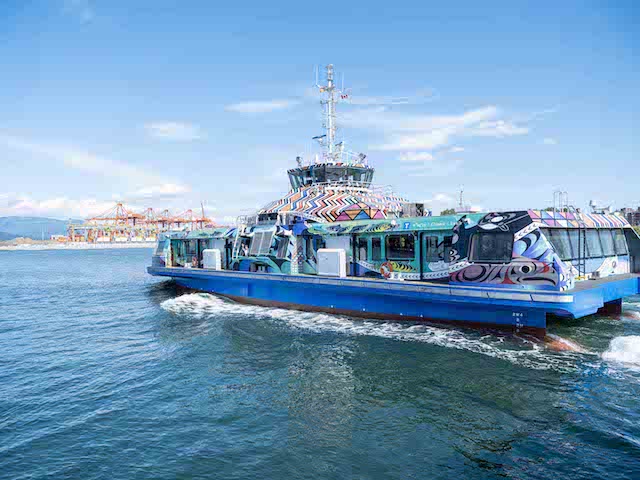
Indigenous Artwork on the New Burrard Chinook SeaBus
Sailing on the shared unceded territories of xʷməθkʷəyə̓m (the Musqueam Indian Band), Sḵwxw̱ ú7mesh Úxwumixw (the Squamish Nation), and səlilwətaɬ (the Tsleil-Waututh Nation), the vessel’s name and art were selected and designed as a tribute to the Chinook salmon, one of the most iconic species in Pacific waters. The Chinook salmon has played a central role in life on the West Coast for generations and is a critical part of the ecosystem in the Burrard Inlet and the Pacific Ocean.
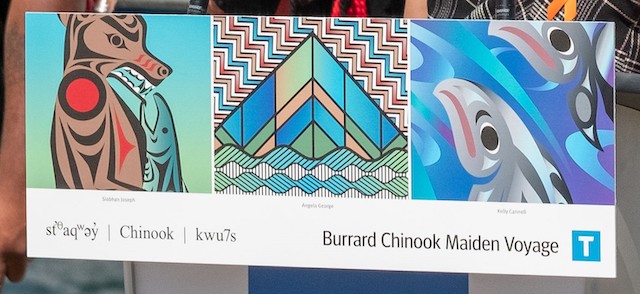
Designed by artists Kelly Cannell, Siobhan Joseph, and Angela George from the three local Nations, the art wrap surrounding the exterior of the vessel illustrates the lifecycle of the Chinook salmon, as well as the historical importance of the Chinook salmon to its ecosystem.
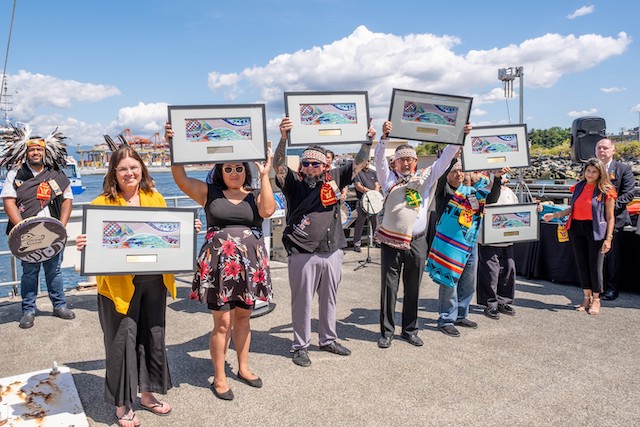
A full artist attribution plaque on board the vessel conveys the artists’ design inspiration for SeaBus passengers to appreciate.
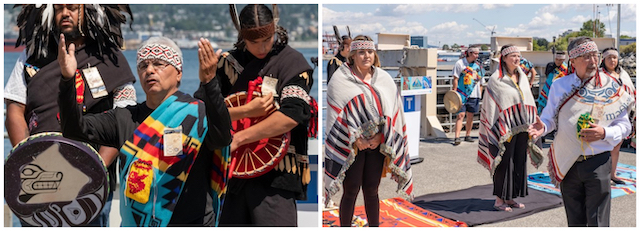
In their media release, TransLink recognized the importance of having Indigenous art on display in public spaces, with this artwork joins other Indigenous art on their system such as multiple installations throughout stations on the Evergreen extension, Surrey Central Station, and Commercial–Broadway Station.
Vancouver’s original languages are also represented on the new seabus #sḵwx̱wú7mesh #hən̓q̓əmin̓əm̓ #vancity #burrardinlet #salishsea #mst #yvr https://t.co/rvctEAUe33 pic.twitter.com/vTRhwIqVjA
— Gabriel George (@edgegeo) July 23, 2021
Identified as a regional priority by the Mayors’ Council 10-Year Vision for Metro Vancouver Transit and Transportation, the Burrard Chinook will allow Coast Mountain Bus Company to be able to deliver ten-minute SeaBus sailings with more reliability and with more maintenance flexibility throughout the day. This additional vessel will allow an older SeaBus to be used as a spare vessel during peak sailing hours.
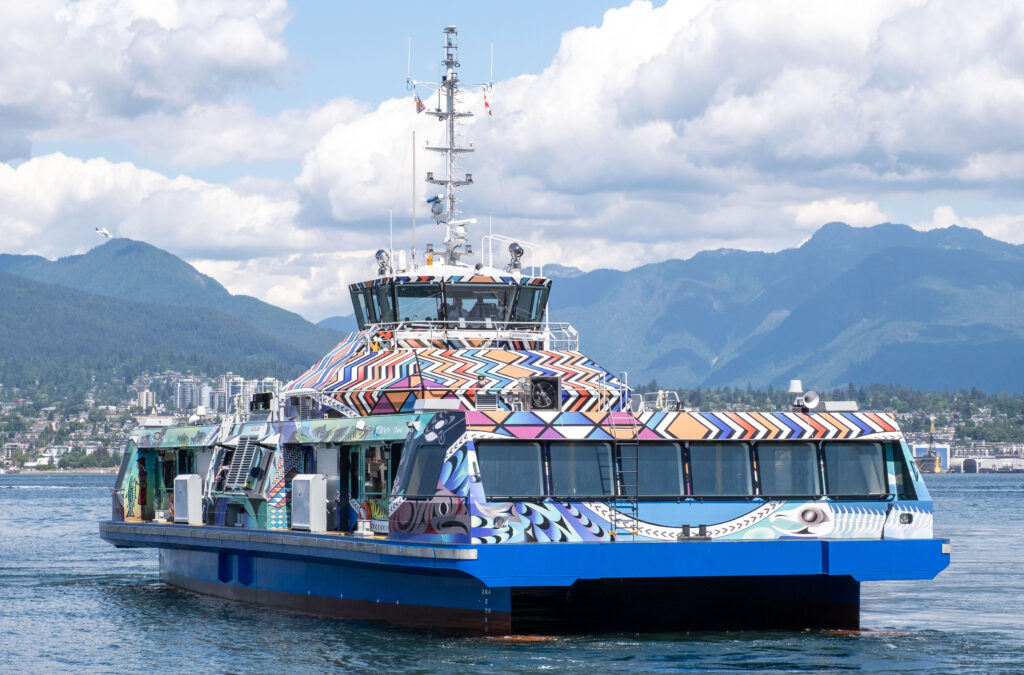
This $32 million investment through the Public Transit Infrastructure Fund (PTIF) is funded by the Government of Canada (50 per cent), the Province of British Columbia (33 per cent), and TransLink (17 per cent). The funding supported the purchase and commissioning of the Burrard Chinook vessel, as well as upgrades to the SeaBus terminals.
There are now four SeaBus vessels currently in use: MV Burrard Beaver; MV Burrard Pacific Breeze; MV Burrard Otter II; and MV Burrard Chinook. Check out my coverage of the 2009 launch of the MV Burrard Pacific Breeze SeaBus.





